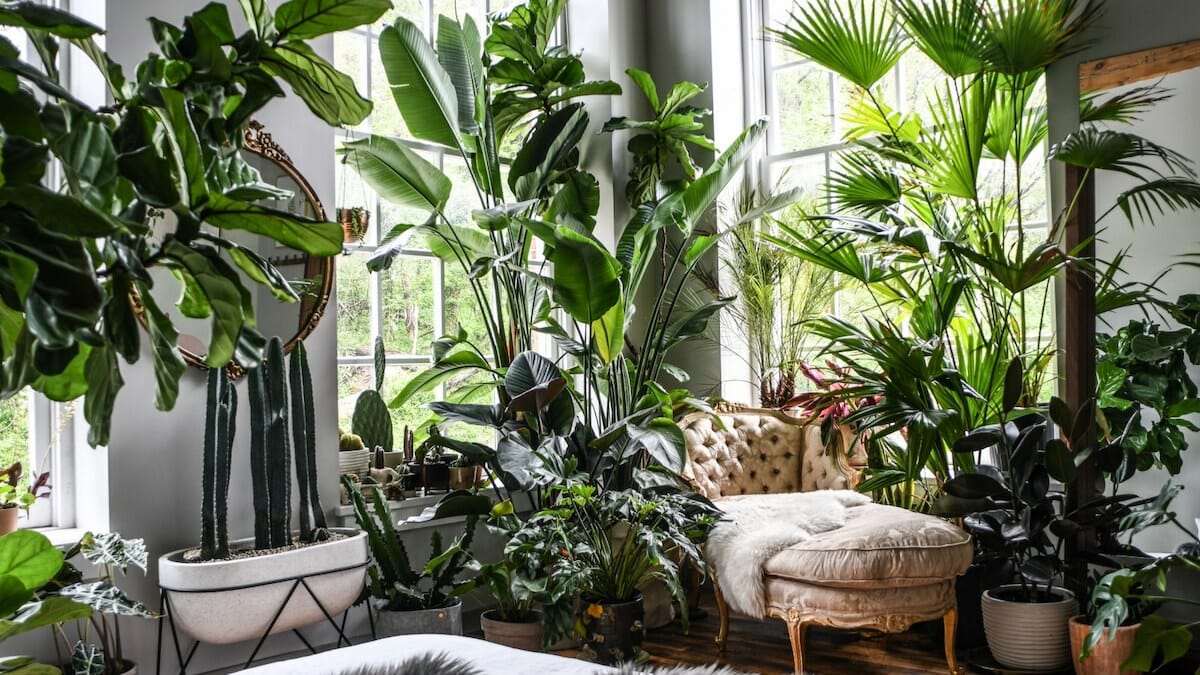
All You Need to Know About Artificial Green Wall
If you’re looking for a way to reduce the heat in your home, an artificial green wall is a perfect solution. It can be used as a replacement for any type of garden or yard. A green wall can also create a nice focal point in a room or add some color to an otherwise drab space. Brise vue jardin is a great option if your thinking of creating a perfect natural screen at your home
A lot of people have trouble trying to find the right material to make their own fake hedge tiling because they don’t know where to start. If you’ve never done this before, it can seem like a daunting task. But we’ll show you how easy it is to install a fake green wall and how you can use it to spruce up your home.
What is an Artificial Green Wall?
An artificial green wall is exactly what it sounds like — a wall made out of fake greenery that looks real. It’s meant to mimic nature and give your home a more natural feeling.
It might sound hard to believe, but it’s actually really simple to put one together. You can get these fake green walls at most big box stores, such as Home Depot, Lowes, and Ace Hardware. They come in several different sizes, shapes, and colors, so you should be able to find something that suits your needs. Some are even designed specifically for outdoor use!
While there are many different ways to make an artificial green wall, the basic process is pretty straightforward. First, you need to cut the tiles down to size. Then, you need to apply them to the surface you want to cover with moss. Finally, you need to paint over top of everything in order to make sure that the moss sticks to the tiles and doesn’t flake off too easily.
You can purchase all sorts of different types of tiles to do this. However, most people prefer faux grass or wood-grain tiles since they look much better than just plain white tiles. These will help add a bit of depth to your wall.
Another thing you’ll need to consider when installing an artificial green wall is moisture. Since the tiles are exposed to water, you’ll likely need to apply some kind of sealant to keep the moss from getting soggy or wet. This can be tricky if you don’t have previous experience doing this sort of project. Fortunately, there are a few products on the market that will work great for sealing the tiles. One example is our Mossy Green Paver Sealer spray. While this product was originally intended for paver sealers, it works perfectly well with tile surfaces.
After you’ve got your tiles installed and protected, you can fill in the gaps between each tile with mulch. You can pick up mulch from your local hardware store, but if you’re using wood-grain tiles, it’s best to go with oak mulch instead. It has a nice, natural feel that mimics real wood. There are lots of different varieties of mulch available, but you’ll probably want to pick one that is similar to the color of the wall tiles you’ve chosen.
How to Make an Artificial Green Wall
Installing an artificial green wall is actually pretty easy. Here’s the basics:
- Choose the right tiles
Your first step is to locate the exact type of tiles you want to use. This isn’t always easy, especially if you’re new to this sort of project. In fact, you may end up needing to try multiple styles until you find one that feels right.
There are dozens of ways to build an artificial green wall, including vinyl, faux grass, and wood-grain tiles. Most of the time, you’ll want to use wooden tiles, which are typically darker in color than other options. This is because they tend to blend nicely with the surrounding landscape and won’t draw attention away from the plants growing inside of them.
If you decide to go with vinyl tiles, however, they aren’t quite as popular. That said, it’s still possible to find them online. Just make sure that the tiles you choose are suitable for outdoor use. Don’t worry about getting a couple extra inches for width; it’ll be fine once you paint over everything later.
- Cut the tiles down to size
Next, you’ll need to take the tiles you’ve picked out and measure them down to the correct size. This can be a tedious process, but it’s usually necessary. After you’ve measured everything, you’ll need to mark the edges and cut them straight across the middle. You’ll also need to cut along the edges of the tiles. Once you’ve done this, you’ll need to clean up the edges by sanding them down a bit.
- Apply the tiles to the ground
The last step is applying the tiles to the ground. For this, you’ll need to lay down a layer of gravel (or crushed stone) to protect the floor underneath the wall. It’s important to note that you shouldn’t use concrete here; it’s too heavy. Instead, you’ll want to use pea gravel or small stones.
To begin, you’ll need to dig a hole about 1 inch deep and 4 inches wide. Next, place the tiles into the holes and press them firmly into the ground. Remember to stagger the rows of tiles, as well as to leave enough space between each row for the moss to grow.
- Paint over top
Finally, you’ll want to paint over the entire surface of the tiles. This is a fairly straightforward process, though it requires two separate coats. The first coat is going to get the tiles covered in sealant to prevent them from absorbing water. The second coat goes over the top of everything and seals the tiles permanently.



